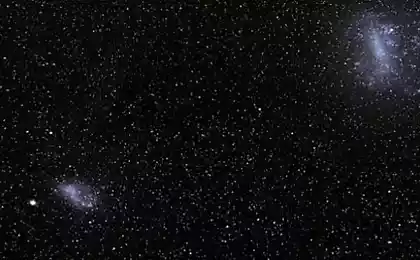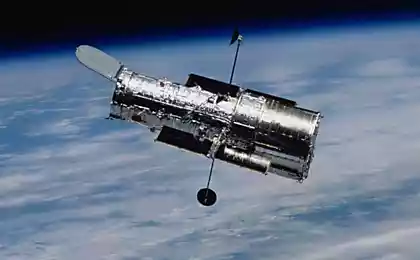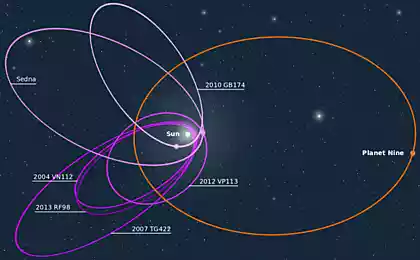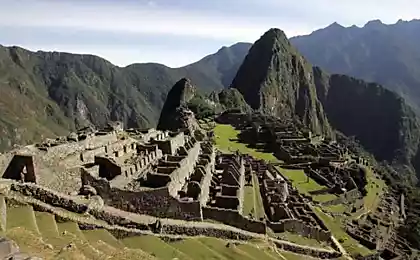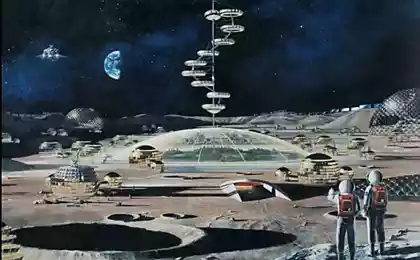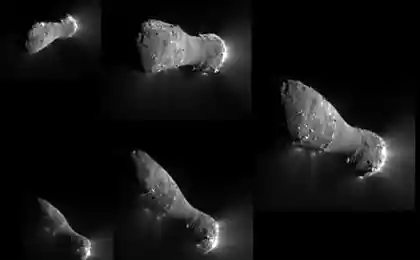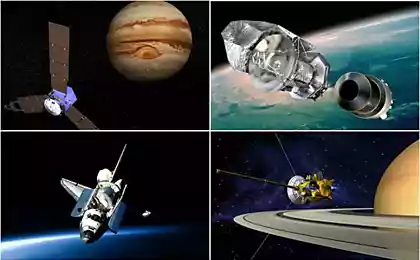1026
10 most enormous cosmic objects and concepts
Via letters i10foto
Of course, the oceans - are immense, and the mountains are incredibly high. Moreover, 7 billion people for whom Earth is home, and an incredibly large number. But while living in this world with a diameter of 12,742 km, it is easy to forget that this is, in fact, a trifle for such concepts as the cosmos. When we look into the night sky, we understand that we - just a speck in the vast infinite universe. We invite you to learn about the large space objects, the size of some of them difficult for us to imagine.
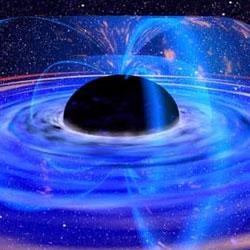
1) Jupiter
The largest planet in the solar system (142,984 kilometers in diameter)
Jupiter - the largest planet of our solar system. Ancient astronomers named the planet after the Roman gods Jupiter father. Jupiter is the fifth planet from the sun. The atmosphere of the planet is 84 percent hydrogen and 15 percent helium. Everything else - acetylene, ammonia, ethane, methane, water vapor and the phosphine.
The mass of Jupiter is 318 times the mass of Earth, and the diameter - more than 11 times. The weight of this giant is 70 percent of the mass of all the planets in the solar system. Jupiter's volume is large enough to accommodate the 1300 planets like Earth. Jupiter has 63 known satellites, but most of them are incredibly small and indistinct.
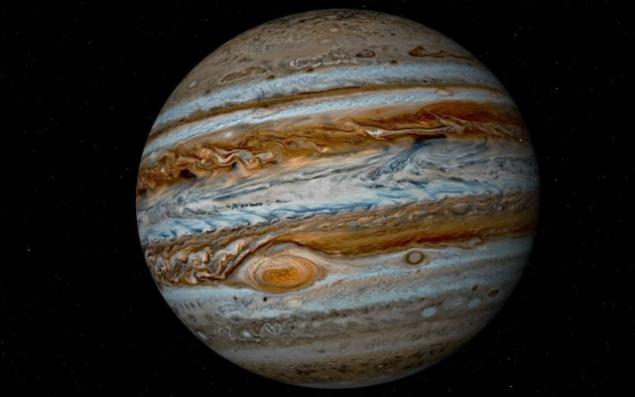
2) The sun
The largest solar system object (1,391,980 kilometers in diameter)
Our sun is a yellow dwarf star, it is the largest facility is a star system in which we exist. The sun provides 99, 8 per cent of the mass of the whole system, most of the rest of the mass falls on Jupiter. Currently, the Sun is composed of 70 percent hydrogen and 28 percent helium, the remaining substances make up only 2 percent of its mass.
Over time, the hydrogen in the core of the sun into helium. Conditions at the Sun's core, which is 25 percent of its diameter, extreme. The temperature was 15, 6 million Kelvin and the pressure - 250 000 000 000 atmospheres. Solar energy is achieved by nuclear fusion reactions. Each second about 700,000,000 tons of hydrogen are converted into 695 million tons of helium and 5,000,000 tons of energy in the form of gamma rays.
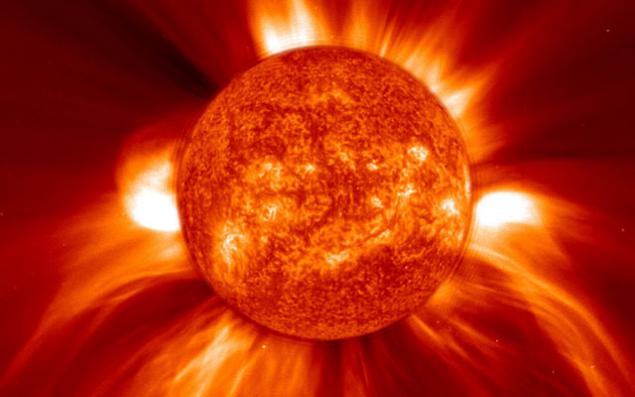
3) Our solar system
15 * 1012 kilometers in diameter
Our solar system consists of only one star, which is the central object, and nine major planets: Mercury, Venus, Earth, Mars, Jupiter, Saturn, Uranus, Neptune and Pluto, as well as many satellites millions solid asteroids and billions of comets icy.
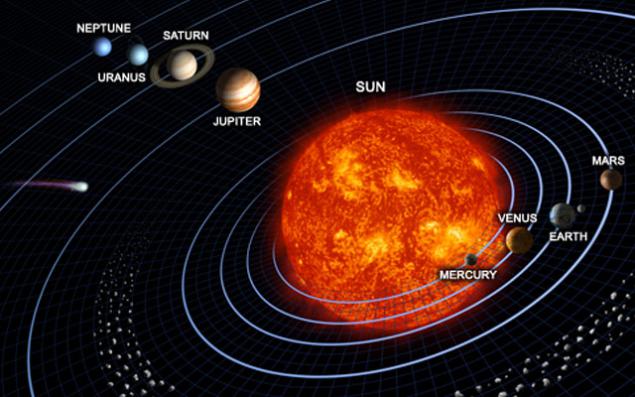
4) The star VY Canis Majoris
The biggest star in the universe (3 billion kilometers in diameter)
VY Canis Majoris - the largest known star and one of the brightest stars in the sky. This is a red hyper giants, which is located in the constellation Canis Major. The radius of this star is greater than the radius of the Sun is about 1800-2200 times, its diameter is about 3 billion kilometers.
If the star was placed in our solar system, it would have closed the orbit of Saturn. Some astronomers believe that VY is actually smaller - about 600 times greater than the sun in size and, therefore, would reach only the orbit of Mars.

5) Huge deposits of water
Astronomers have discovered the largest and most massive water supplies that have ever been found in the universe. A giant cloud that about 12 billion years, contains 140 trillion times more water than all the Earth's oceans contain together.
A cloud of gaseous water surrounds the supermassive black hole, which is located at a distance of 12 billion light years from Earth. This discovery shows that water prevailed in the universe almost all the time of its existence, the researchers said.
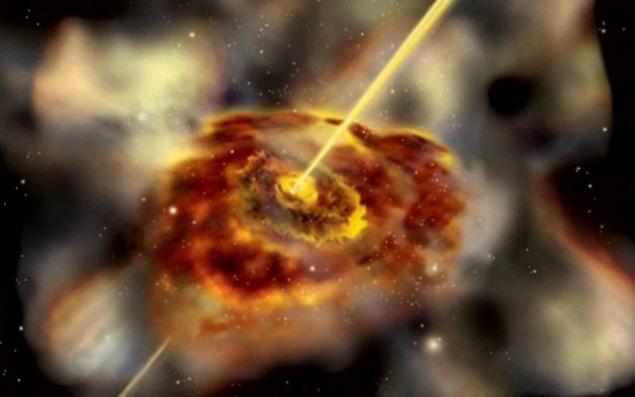
6) Extremely large and massive black holes
21 billion solar masses
Supermassive black holes - the largest black hole galaxies that make up the mass of hundreds or even thousands of millions of solar masses. Most, and perhaps all galaxies, including the Milky Way, according to scientists, contain supermassive black holes at their centers.
One of these monsters, which mass 21 million times the mass of the Sun, is egg-shaped funnel stars of NGC 4889, the brightest galaxy in an extended cloud of thousands of galaxies. The hole is located about 336 million light-years away in the constellation Coma Berenices. This black hole is so huge that exceed a diameter of our solar system in 12 times.
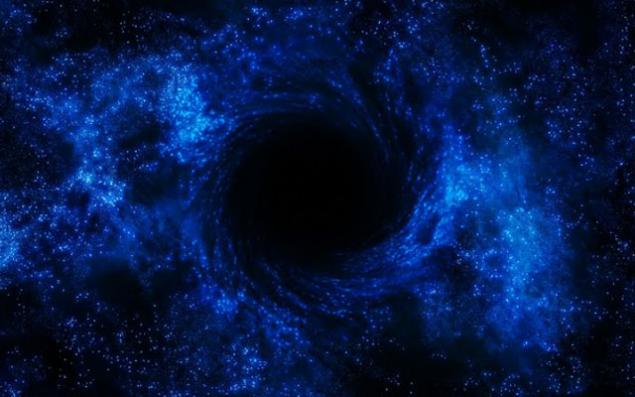
7) The Milky Way
100-120 thousand light years in diameter
Milky Way - Rough spiral galaxy that contains 200-400 billion stars. Around each of these stars rotate many planets.
According to some estimates, 10 billion planets located in the habitable zone, orbiting their parent stars, that is, in areas where there are all the conditions for the emergence of life, like Earth.
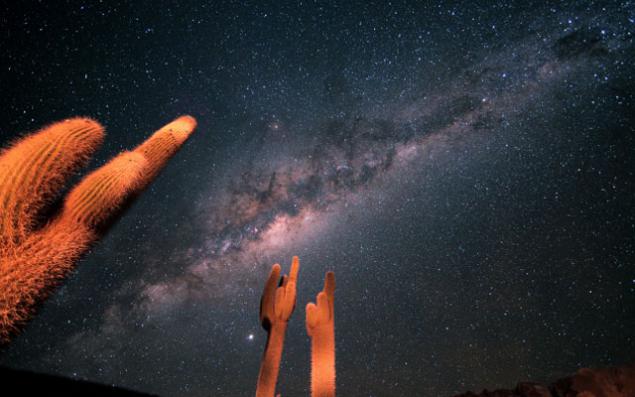
8) El Gordo
The largest cluster of galaxies (2 * 1015 solar masses)
El Gordo is located at a distance of more than 7 billion light-years from Earth, so what we see today, this is just an early stage of her. According to the researchers, who were engaged in this galactic cluster, it is the largest, hottest, and most of all releases of radiation than any other known cluster at the same distance or more.
Central galaxy in the center of El Gordo is incredibly bright and has a strange blue glow. The studies suggest that this galaxy is the extreme result of the collision and merger of two galaxies.
The space telescope "Spitzer" and optical images, scientists estimated that 1 percent of the total mass of the cluster make up the stars, and the rest - a hot gas that fills the space between stars. This ratio is like a star to gas ratio and other massive clusters.
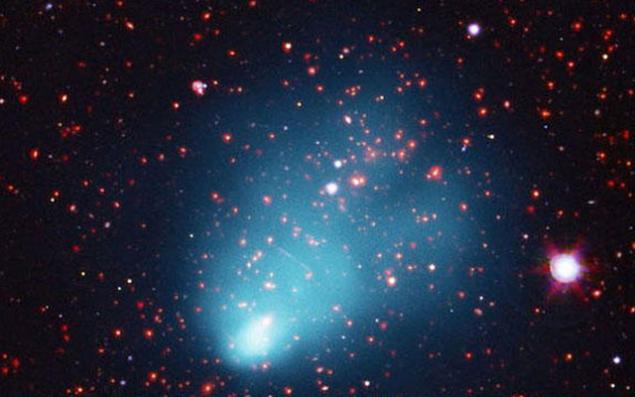
9) Our Universe
Size - 156 billion light years
Of course, the exact dimensions of the universe no one could ever be called, but, according to some estimates, its diameter is 1, 5 * 1024 kilometers. We are all hard to imagine that somewhere there is an end, because the universe is incredibly huge facilities include:
The diameter of the Earth: 1, 27 * 104 km
The diameter of the Sun: 1, 39 * 106 km
Solar System: 2 99 * 1 010 km or 0, 0032 St. l.
The distance from the Sun to the nearest star: 4, 5 St. l.
Milky Way: 1 51 * 1 018 km or 160, 000 St. l.
Local Group of galaxies: 3, 1 * 1019 km or 6, 5 million St. l.
Local superclusters: 1, 2 * 1 021 km or 130 million DM. l.
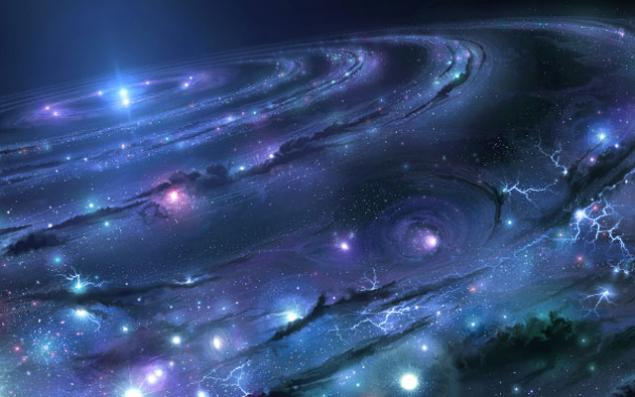
10) multiverse
You can try to imagine not just one but many universes, which exist in one and the same time. Multiverse (or multiple universes) - this allowed the accumulation of many possible universes, including our own, which together encompass all that exists or can exist: the integrity of the space, time, material substance and energy, as well as the physical laws and constants that it all describe.
However, the existence of other universes besides our own, has not been proven, so it is very likely that our universe - the only one of its kind.

Source:
Of course, the oceans - are immense, and the mountains are incredibly high. Moreover, 7 billion people for whom Earth is home, and an incredibly large number. But while living in this world with a diameter of 12,742 km, it is easy to forget that this is, in fact, a trifle for such concepts as the cosmos. When we look into the night sky, we understand that we - just a speck in the vast infinite universe. We invite you to learn about the large space objects, the size of some of them difficult for us to imagine.

1) Jupiter
The largest planet in the solar system (142,984 kilometers in diameter)
Jupiter - the largest planet of our solar system. Ancient astronomers named the planet after the Roman gods Jupiter father. Jupiter is the fifth planet from the sun. The atmosphere of the planet is 84 percent hydrogen and 15 percent helium. Everything else - acetylene, ammonia, ethane, methane, water vapor and the phosphine.
The mass of Jupiter is 318 times the mass of Earth, and the diameter - more than 11 times. The weight of this giant is 70 percent of the mass of all the planets in the solar system. Jupiter's volume is large enough to accommodate the 1300 planets like Earth. Jupiter has 63 known satellites, but most of them are incredibly small and indistinct.

2) The sun
The largest solar system object (1,391,980 kilometers in diameter)
Our sun is a yellow dwarf star, it is the largest facility is a star system in which we exist. The sun provides 99, 8 per cent of the mass of the whole system, most of the rest of the mass falls on Jupiter. Currently, the Sun is composed of 70 percent hydrogen and 28 percent helium, the remaining substances make up only 2 percent of its mass.
Over time, the hydrogen in the core of the sun into helium. Conditions at the Sun's core, which is 25 percent of its diameter, extreme. The temperature was 15, 6 million Kelvin and the pressure - 250 000 000 000 atmospheres. Solar energy is achieved by nuclear fusion reactions. Each second about 700,000,000 tons of hydrogen are converted into 695 million tons of helium and 5,000,000 tons of energy in the form of gamma rays.

3) Our solar system
15 * 1012 kilometers in diameter
Our solar system consists of only one star, which is the central object, and nine major planets: Mercury, Venus, Earth, Mars, Jupiter, Saturn, Uranus, Neptune and Pluto, as well as many satellites millions solid asteroids and billions of comets icy.

4) The star VY Canis Majoris
The biggest star in the universe (3 billion kilometers in diameter)
VY Canis Majoris - the largest known star and one of the brightest stars in the sky. This is a red hyper giants, which is located in the constellation Canis Major. The radius of this star is greater than the radius of the Sun is about 1800-2200 times, its diameter is about 3 billion kilometers.
If the star was placed in our solar system, it would have closed the orbit of Saturn. Some astronomers believe that VY is actually smaller - about 600 times greater than the sun in size and, therefore, would reach only the orbit of Mars.

5) Huge deposits of water
Astronomers have discovered the largest and most massive water supplies that have ever been found in the universe. A giant cloud that about 12 billion years, contains 140 trillion times more water than all the Earth's oceans contain together.
A cloud of gaseous water surrounds the supermassive black hole, which is located at a distance of 12 billion light years from Earth. This discovery shows that water prevailed in the universe almost all the time of its existence, the researchers said.

6) Extremely large and massive black holes
21 billion solar masses
Supermassive black holes - the largest black hole galaxies that make up the mass of hundreds or even thousands of millions of solar masses. Most, and perhaps all galaxies, including the Milky Way, according to scientists, contain supermassive black holes at their centers.
One of these monsters, which mass 21 million times the mass of the Sun, is egg-shaped funnel stars of NGC 4889, the brightest galaxy in an extended cloud of thousands of galaxies. The hole is located about 336 million light-years away in the constellation Coma Berenices. This black hole is so huge that exceed a diameter of our solar system in 12 times.

7) The Milky Way
100-120 thousand light years in diameter
Milky Way - Rough spiral galaxy that contains 200-400 billion stars. Around each of these stars rotate many planets.
According to some estimates, 10 billion planets located in the habitable zone, orbiting their parent stars, that is, in areas where there are all the conditions for the emergence of life, like Earth.

8) El Gordo
The largest cluster of galaxies (2 * 1015 solar masses)
El Gordo is located at a distance of more than 7 billion light-years from Earth, so what we see today, this is just an early stage of her. According to the researchers, who were engaged in this galactic cluster, it is the largest, hottest, and most of all releases of radiation than any other known cluster at the same distance or more.
Central galaxy in the center of El Gordo is incredibly bright and has a strange blue glow. The studies suggest that this galaxy is the extreme result of the collision and merger of two galaxies.
The space telescope "Spitzer" and optical images, scientists estimated that 1 percent of the total mass of the cluster make up the stars, and the rest - a hot gas that fills the space between stars. This ratio is like a star to gas ratio and other massive clusters.

9) Our Universe
Size - 156 billion light years
Of course, the exact dimensions of the universe no one could ever be called, but, according to some estimates, its diameter is 1, 5 * 1024 kilometers. We are all hard to imagine that somewhere there is an end, because the universe is incredibly huge facilities include:
The diameter of the Earth: 1, 27 * 104 km
The diameter of the Sun: 1, 39 * 106 km
Solar System: 2 99 * 1 010 km or 0, 0032 St. l.
The distance from the Sun to the nearest star: 4, 5 St. l.
Milky Way: 1 51 * 1 018 km or 160, 000 St. l.
Local Group of galaxies: 3, 1 * 1019 km or 6, 5 million St. l.
Local superclusters: 1, 2 * 1 021 km or 130 million DM. l.

10) multiverse
You can try to imagine not just one but many universes, which exist in one and the same time. Multiverse (or multiple universes) - this allowed the accumulation of many possible universes, including our own, which together encompass all that exists or can exist: the integrity of the space, time, material substance and energy, as well as the physical laws and constants that it all describe.
However, the existence of other universes besides our own, has not been proven, so it is very likely that our universe - the only one of its kind.

Source:



